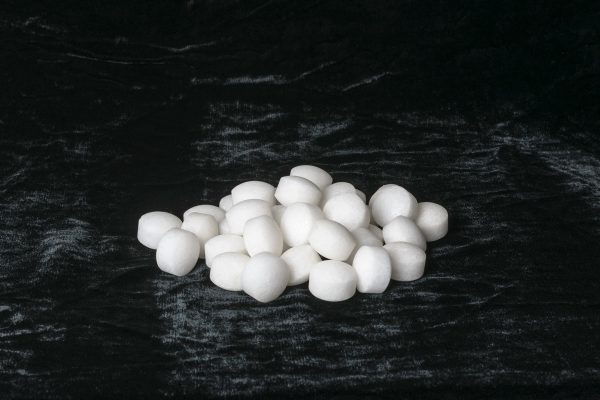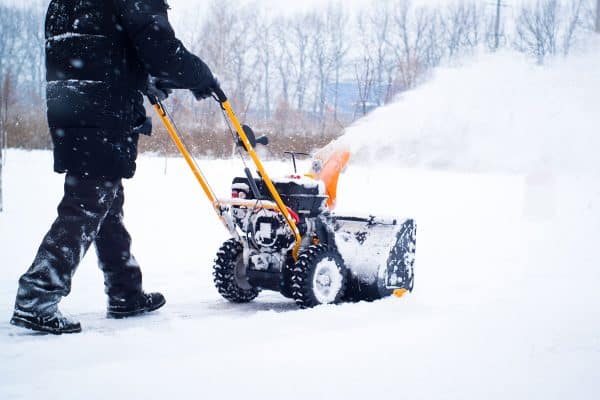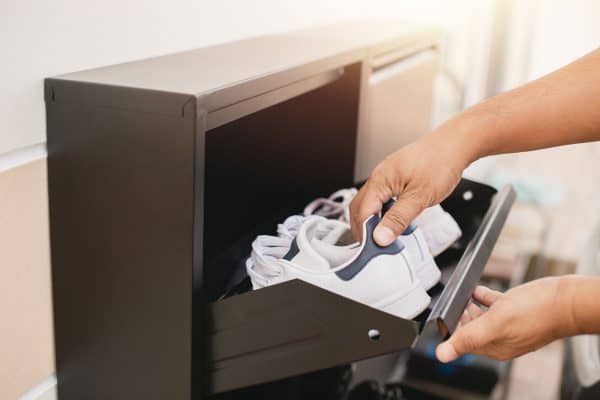You're probably acquainted with these precious fungi. Yeast can be purchased in quantities too much for what actually needs to be used. Yeast can quickly become inactive, so there is always a big question on how to store yeast properly. Not to worry, as we've found the best storage solutions for yeast.
Generally speaking, yeast can be stored in an airtight container in a cool pantry or in the refrigerator. Yeast can also be frozen to extend its shelflife for up to six months. Depending on the conditions, yeast can last longer than its expected expiration, and this can be checked to see if it is still active by proofing yeast before use.
Yeast is going to be an important ingredient for novice and professional bakers alike. So, please keep reading to learn proper yeast storage techniques, including how to extend yeast shelf life.
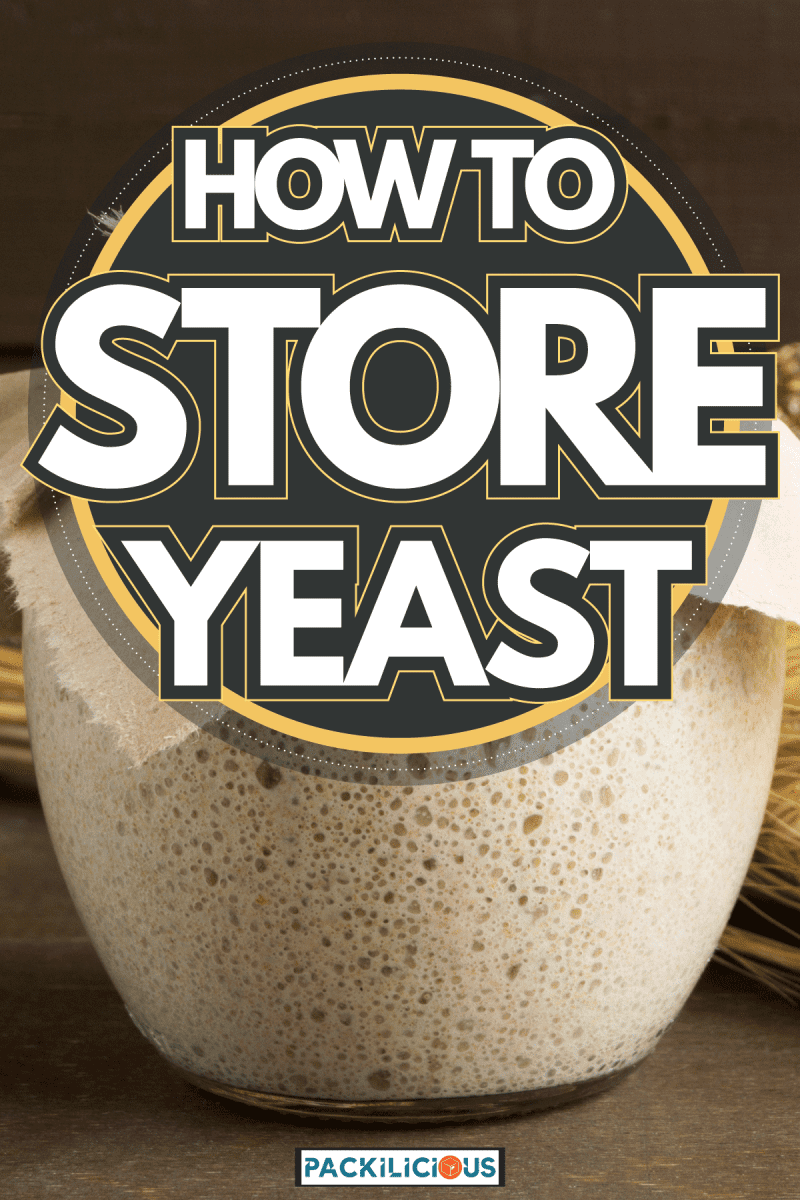
How To Store Yeast
Yeast, a single-cell organism that feeds on sugar and starch, is the star ingredient that makes all those delicious loaves of bread rise. It is a leavening agent that is very important to all bread bakers as the flour they need to make bread.
Without yeast, bread and other doughs won't rise and give you that fluffy, airy texture that everyone loves. Aside from bread and other baked products, yeast is also used by brewers to create beer.
For many home bakers, yeast is available in most baking stores and supermarkets, making it easily accessible to create bread at home. However, one caveat of buying yeast for personal consumption is the amount left over after use.
Yeast comes in different forms. For those who use them at home, it is highly suggested for yeast be stored properly because yeast can quickly go inactive if stored in bad conditions. Here are some of the common types of yeast you can get and how you should store it:
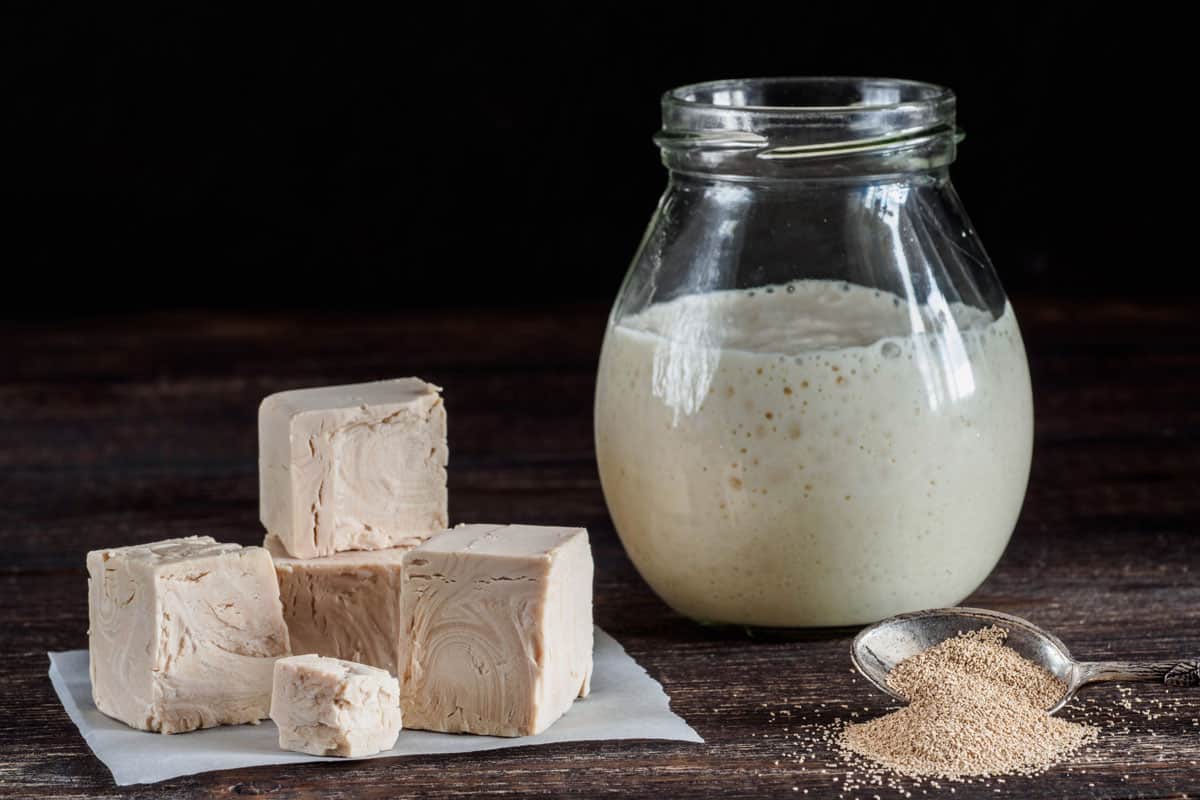
Fresh Yeast
Some home bakers believe that fresh yeast yields better results for their baked goods because it gives off a fresher flavor and better texture. Often called cake yeast or compressed yeast, you can usually buy it in blocks from the refrigerated section of the supermarket.
Fresh yeast contains about 70% moisture, is light beige in color, and is soft and crumbly. It also smells more yeasty, and it doesn't have a long shelf life. It is very perishable and it typically lasts for only about 2 weeks, so make sure to check your product before buying it.
This kind of yeast is best used immediately to prevent the yeast from deactivating. When storing fresh yeast, it is important to place it inside the refrigerator as soon as possible after buying.
If you already have an unopened block of fresh yeast, cut the block into smaller pieces. Wrap the small blocks of yeast with plastic wrap before wrapping them again in aluminum foil. Place the remaining block of yeast inside a freezer-safe ziplock bag before putting it in the freezer.
Fresh yeast can last for up to three months in the freezer. Before using, make sure to thaw the yeast in the refrigerator overnight to prevent shock to the yeast. Remember to check the yeast before using it to make sure that it is still active.
Active Dry Yeast
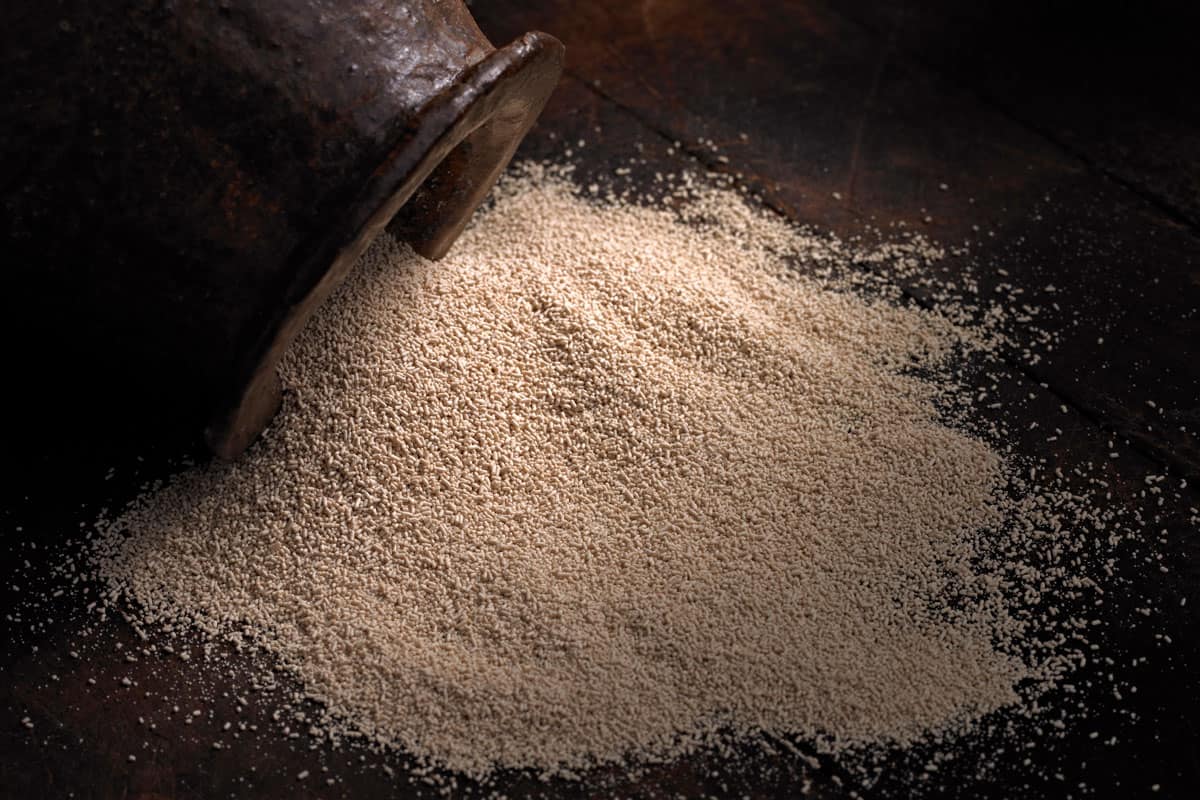
Active dry yeast is another type of yeast that you can use when baking bread and other baked goods. This type of yeast is a lot cheaper than fresh yeast and has a longer shelf life than its counterpart.
Most active dry yeast products on the market are available in small packets, good enough to use for one recipe. These prepared packets weigh about 0.25 ounces (7.3 grams) or about 2 1/4 teaspoons.
However, you may also find small jars of active dry yeast which can be an option for those who prefer to measure their yeast when baking.
Since active dry yeast is typically in packet form, you can store it in the pantry as long as it is not exposed to heat. You can also store it in the refrigerator, but it certainly is not required. It can also be stored inside the freezer to further lengthen its shelf life.
Instant Yeast
Instant yeast or otherwise known as rapid-rise yeast is what you usually need when baking bread in a bread machine. This yeast conveniently makes the dough rise faster, cutting the time in half. If you are in a rush, this type of yeast is the best option to use.
Instant yeast and active dry yeast are interchangeable and can be used for regular bread recipes. However, there will be a slight difference when using instant yeast. It does not need to be dissolved in water and the dough should have 15 minutes off of its rising time.
This type of yeast is also available in packet forms and in small jars, similar to active dry yeast. You can also store instant yeast the same way as you would with active dry yeast. It also lasts for about two years, but depending on the conditions of storage, it may last longer.
Bulk Yeast
When there is a need to bake lots of bread, it is more practical and economical to buy yeast in bulk. You can buy active dry yeast or instant yeast in one or two-pound packs, depending on how much fits your needs.
When you buy yeast in bulk, you will often find it packed in compressed blocks because the air is removed by nitrogen flushing. An unopened pack of bulk yeast can be stored in any cool, dry place, located far away from any heat source. You can either keep it in the pantry, your refrigerator, or even in the freezer.
However, opened packs of bulk yeast should be stored correctly to prevent it from becoming inactive. The important factor when storing yeast is that it should be airtight, it is dry, and it should seal properly. It should also be away from heat because this will effectively kill your yeast quickly.
To store yeast in bulk, split them into smaller portions inside airtight containers with as little air as possible. You can put them in the refrigerator and they will last for about four months. T
o further lengthen the yeast's shelf life, make sure that your airtight container is also freezer-safe and you can keep it frozen for about six months or longer.
What Is The Best Container To Store Yeast?
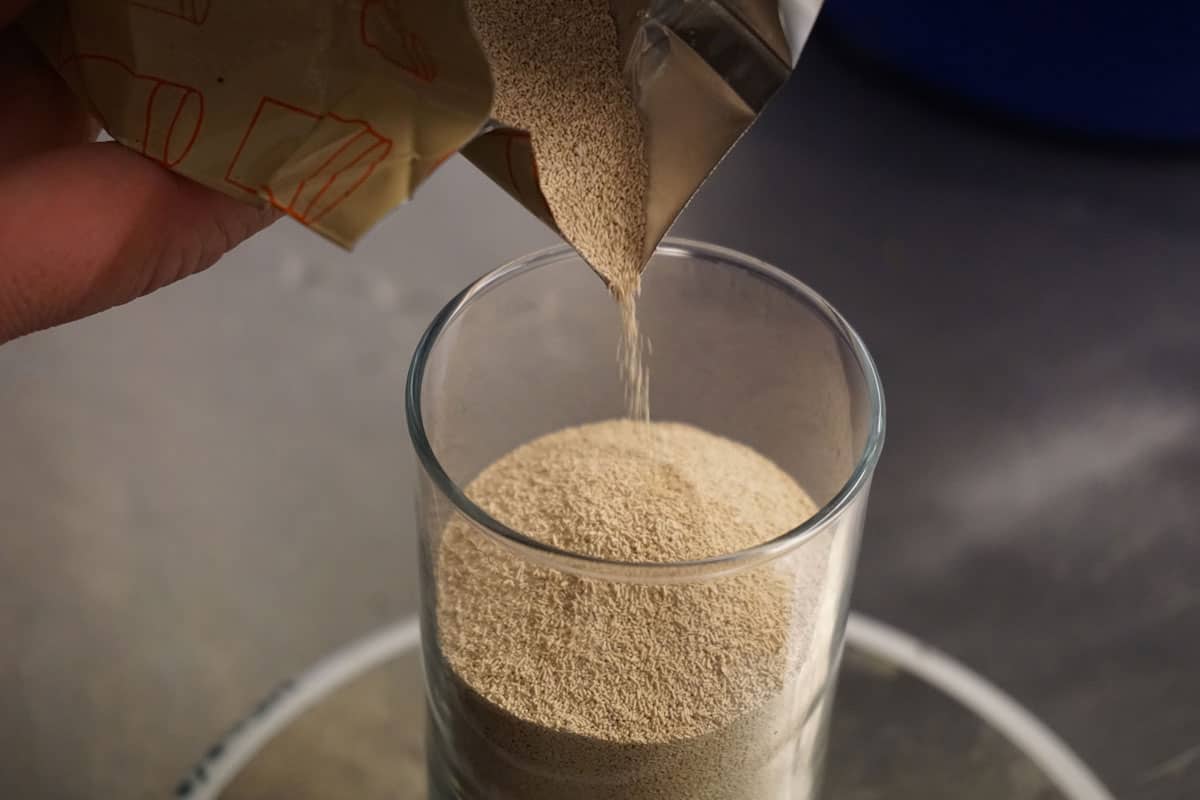
As discussed earlier, the yeast should be stored in a dry, airtight container. There are many container options that you can try, but the most important part is that there should be very little air inside to keep the yeast fresh. Here are some options to safely store yeast:
Airtight containers
Airtight food containers are one of your best choices when storing dry yeast. This is because these containers allow food to be fresher and to last longer because it keeps the air out which can weaken the yeast's ability.
When storing leftover dry yeast, try to put it inside an airtight container that does not have too much space for air to be left inside.
Check out this airtight container on Amazon.
Mason jars
For something that is more accessible, mason jars are also perfect to store yeast because it also seals well. Just make sure that you use the right size mason jar and that you have completely dried it inside and out before using it.
Heat-sealed mylar bags
If you're looking to store bulk yeast for a long period of time, mylar bags are perfect to use. These bags are meant to mimic the same way yeast was originally packaged.
It is easy to use because all you need is a few packets of oxygen absorbers and a hair straightening iron to help store your bulk yeast and last you for years.
See these mylar bags on Amazon.
How Do I Check If Yeast Is Still Active?
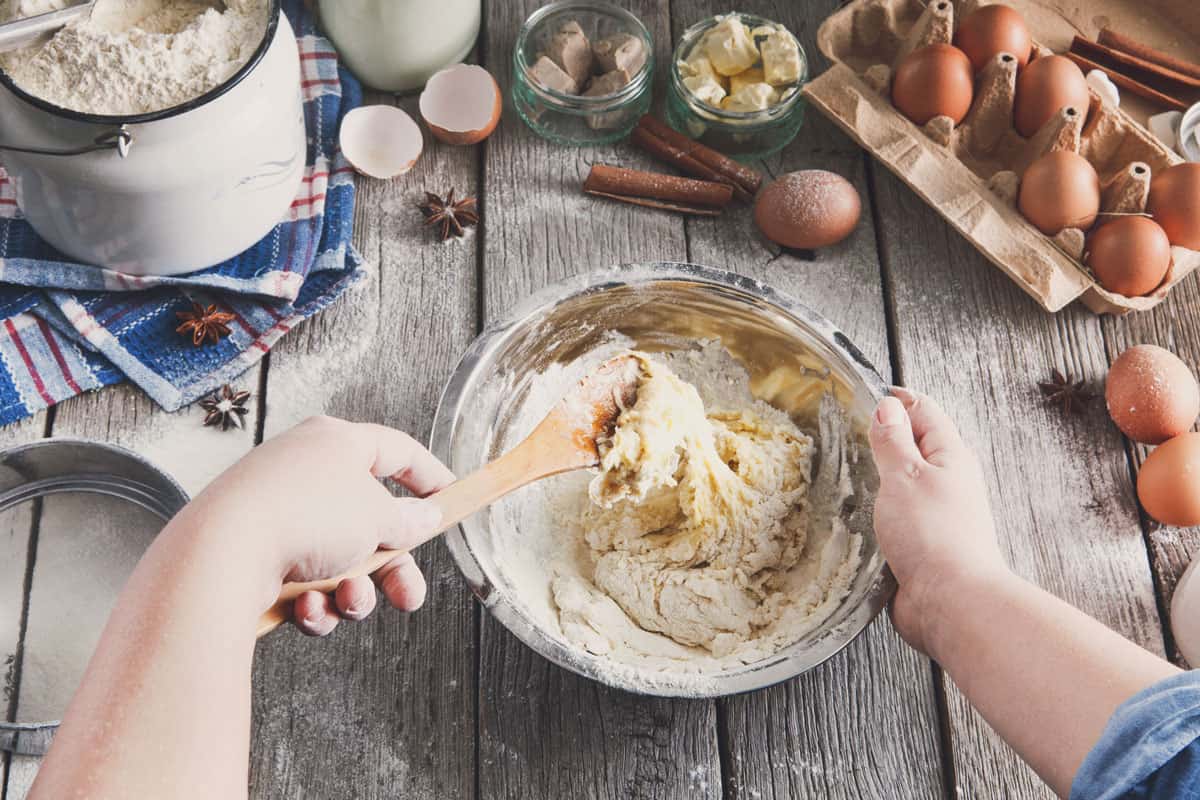
Sometimes, even the most properly stored yeast can render these small microorganisms inactive. If you've ever tried to use deactivated yeast on bread before, you will find that it doesn't rise at all. This is why it is important to check your yeast before using and this is what we call proofing.
How to Proof Yeast
- In a measuring cup, put 1/2-cup of warm (110 - 115°F) water and 1-teaspoon of granulated sugar.
- Stir in one packet (or 2-1/4 teaspoons) of yeast in the water and sugar mixture until it dissolves.
- Wait for the yeast to activate and it should foam and rise after 10 minutes.
- If it doesn't have this reaction, discard the yeast.
In Conclusion
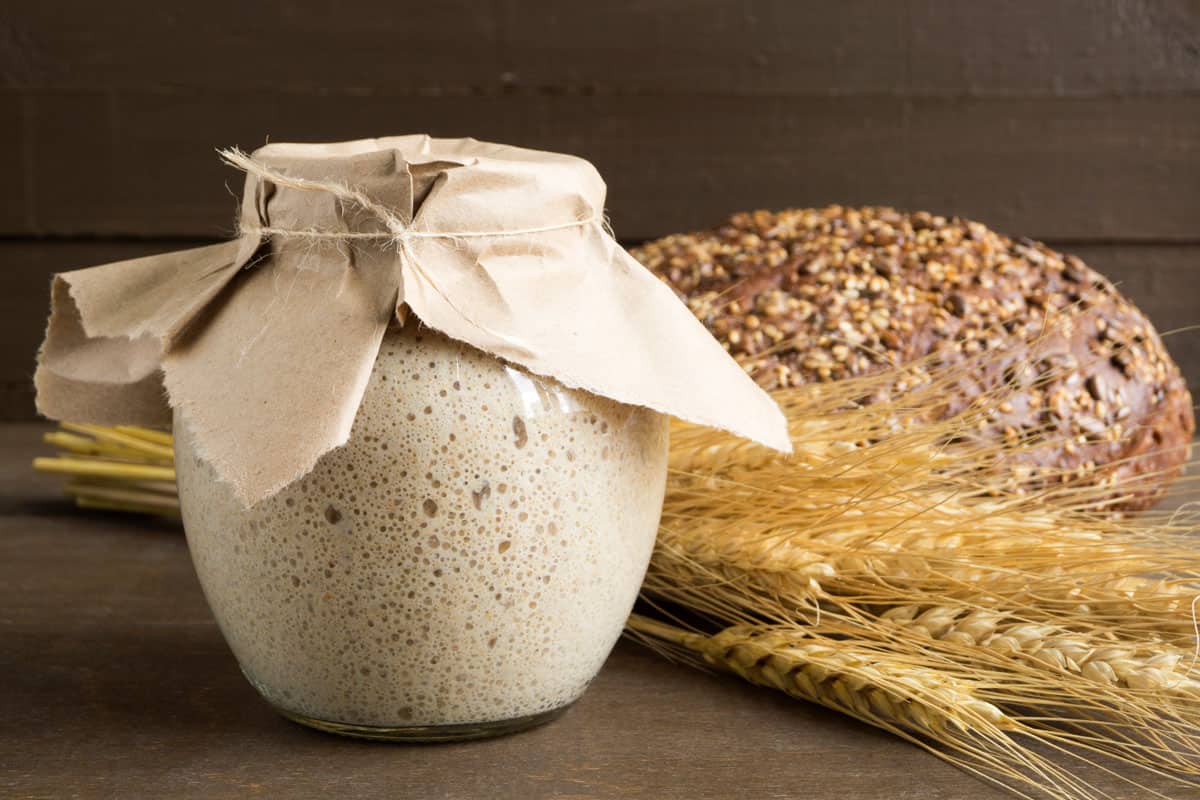
Yeast is a very important ingredient in baking. However, it is quite fragile if stored improperly and it is rendered useless, so it is important to ensure that leftover yeast is kept in the right conditions. Yeast that is properly stored will last you for a long time and will give you better, tastier bread.




